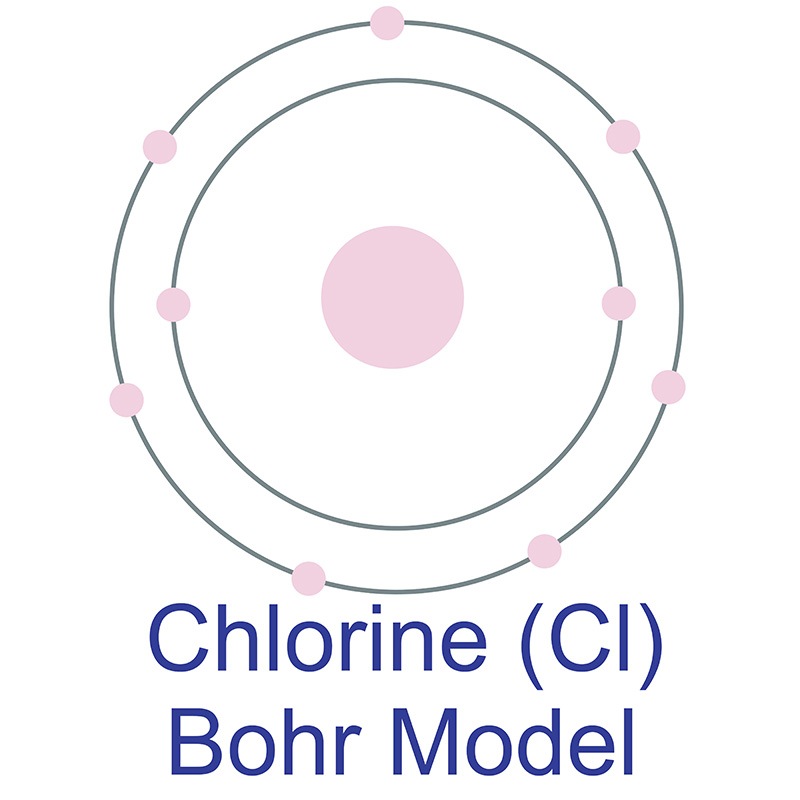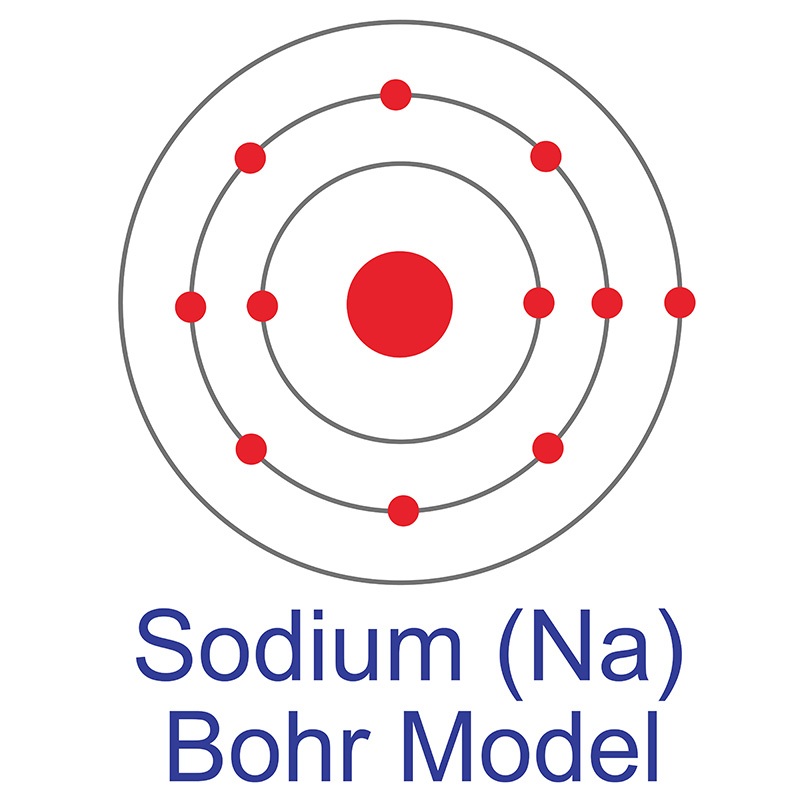SECTION 1. IDENTIFICATION
Product Name: Sodium Dichloroisocyanurate
Product Number: All applicable American Elements product codes, e.g. NA-CLICYAT-017
CAS #: 2893-78-9
Relevant identified uses of the substance: Scientific research and development
Supplier details:
American Elements
10884 Weyburn Ave.
Los Angeles, CA 90024
Tel: +1 310-208-0551
Fax: +1 310-208-0351
Emergency telephone number:
Domestic, North America: +1 800-424-9300
International: +1 703-527-3887
SECTION 2. HAZARDS IDENTIFICATION
OSHA Haz Com: CFR 1910.1200:
WHMIS 2015:
Acute Toxicity - Oral [Category 4]
Skin Corrosion/Irritation [Category 1A]
Eye Damage/Irritation [Category 1]
Specific Target Organ Toxicity (Single Exposure) [Category 2]
Specific Target Organ Toxicity (Single Exposure) [Category 3]
Oxidizing Solids [Category 2]
Aquatic Hazard (Acute) [Category 1]
Aquatic Hazard (Long-Term) [Category 1]
Signal word: Danger!
Hazard Statement(s): May intensify fire; oxidizer
Harmful if swallowed
Causes severe skin burns and eye damage
Very toxic to aquatic life
Very toxic to aquatic life with long lasting effects
May cause damage to organs: organs
May cause respiratory irritation.
Pictogram(s) or Symbol(s):
Precautionary Statement(s):
[Prevention] Keep away from heat. Keep and store away from clothing and other combustible materials. Take any precaution to avoid mixing with combustibles. Do not breathe dust, fume, mist, vapors or spray. Use only outdoors or in a well-ventilated area. Avoid release to the environment. Do not eat, drink or smoke when using this product. Wash hands and face thoroughly after handling. Wear protective gloves, protective clothing, face protection.
[Response] If swallowed: Rinse mouth. Do NOT induce vomiting. Immediately call a poison center or doctor. If on skin (or hair): Take off immediately all contaminated clothing. Rinse skin with water or shower.
Immediately call a poison center or doctor. Wash contaminated clothing before reuse. If inhaled:
Remove person to fresh air and keep comfortable for breathing. Immediately call a poison center or doctor. If in eyes: Rinse cautiously with water for several minutes. Remove contact lenses, if present and easy to do. Continue rinsing. Immediately call a poison center or doctor. If exposed or concerned:
Call a poison center or doctor. Collect spillage.
[Storage] Store in a well-ventilated place. Keep container tightly closed. Store locked up.
[Disposal] Dispose of contents and container in accordance with local, regional, national regulations (e.g. US: 40 CFR Part 261, EU:91/156/EEC, JP: Waste Disposal and Cleaning Act, etc.).
Hazards not otherwise classified:
[HNOC]
SECTION 3. COMPOSITION/INFORMATION ON INGREDIENTS
Substance/mixture: Substance
Components: Sodium Dichloroisocyanurate
Percent: >97.0%(T)
CAS RN: 2893-78-9
Molecular Weight: 219.94
Chemical Formula: C3Cl2N3NaO3
Synonyms: Dichloroisocyanuric Acid Sodium Salt
SECTION 4. FIRST AID MEASURES
Description of first aid measures
Inhalation: Remove victim to fresh air and keep at rest in a position comfortable for breathing. Immediately call a
POISON CENTER or doctor/physician.
Skin contact: Remove/Take off immediately all contaminated clothing. Gently wash with plenty of soap and water.
Immediately call a POISON CENTER or doctor/physician.
Eye contact: Rinse cautiously with water for several minutes. Remove contact lenses, if present and easy to do.
Continue rinsing.Immediately call a POISON CENTER or doctor/physician.
Ingestion: Immediately call a POISON CENTER or doctor/physician. Rinse mouth. Do NOT induce vomiting.
Symptoms/effects:
Acute: Pain. Redness.
Delayed: May have effects on the respiratory tract.
Indication of any immediate medical attention:
Not available.
Notes to physician:
No data available
SECTION 5. FIREFIGHTING MEASURES
Suitable extinguishing media: Dry chemical, foam, water spray, carbon dioxide.
Specific hazards arising from the
chemical:
Explosion risk in case of fire. Fight fire remotely due to the risk of explosion. Take care as it may
decompose upon combustion or in high temperatures to generate poisonous fume.
Hazardous combustion products: These products include: Carbon oxides Nitrogen oxides Halogenated compounds Metallic oxides
Other specific hazards: WARNING: Highly toxic HCl gas is produced during combustion.
Advice for firefighters: Wear self-contained breathing apparatus if possible.
Combat fire from a sheltered position.
SECTION 6. ACCIDENTAL RELEASE MEASURES
Personal precautions, protective equipment and emergency procedures:
Use personal protective equipment. Keep people away from and upwind of spill/leak. Entry to
non-involved personnel should be controlled around the leakage area by roping off, etc.
Environmental precautions: Be careful not to let it flow into rivers, etc., since adverse effects on the environment are concerned.
Methods and materials for containment and cleaning up:
Sweep dust to collect it into an airtight container, taking care not to disperse it. Adhered or collected
material should be promptly disposed of, in accordance with appropriate laws and regulations.
Prevention of secondary hazards: Remove all sources of ignition. Fire-extinguishing devices should be prepared in case of a fire. Use spark-proof tools and explosion-proof equipment. Ensure all leaks are completely removed to prevent subsequent ignition.
SECTION 7. HANDLING AND STORAGE
Precautions for safe handling: Handling is performed in a well ventilated place. Wear suitable protective equipment. Prevent dispersion of dust. Keep away from heat. Wash hands and face thoroughly after handling.
Use a closed system if possible. Use a local exhaust if dust or aerosol will be generated.
Avoid contact with skin, eyes and clothing.
Don't leave used equipment or rag. This product may ignite if it is left stuck on combustibles such as paper, rags, etc.
Conditions for safe storage, including any incompatibilities
Storage conditions: Keep container tightly closed. Store in a cool, dark and well-ventilated place.
Store locked up. Be sure not to give the container unexpected impacts, such as falling down or falling off.
Store away from combustibles.
Packaging material: Comply with laws.
SECTION 8. EXPOSURE CONTROLS/PERSONAL PROTECTION
Appropriate engineering controls: Follow safe industrial engineering/laboratory practices when handling any chemical. Install a closed system or local exhaust. Also install safety shower and eye bath.
Personal protective equipment
Respiratory protection: Dust respirator, self-contained breathing apparatus(SCBA), supplied air respirator, etc. Use respirators approved under appropriate government standards and follow local and national regulations.
Hand protection: Impervious gloves.
Eye protection: Safety goggles. A face-shield, if the situation requires.
Skin and body protection: Impervious protective clothing. Protective boots, if the situation requires.
SECTION 9. PHYSICAL AND CHEMICAL PROPERTIES
Physical state (20°C): Solid
Form: Crystal - Powder
Colour: White - Almost white
Odour: Chlorine
Odor threshold: No data available
Odour threshold: No data available
Melting point/freezing point: No data available
Boiling point/range: No data available
Decomposition temperature: No data available
Relative density: No data available
Kinematic viscosity: No data available
Log Pow: No data available
Flash point: No data available
Flammability(solid, gas): No data available
pH: No data available
Vapour pressure: No data available
Vapour density: No data available
Dynamic Viscosity: No data available
Evaporation rate(Butyl Acetate=1):
No data available
Autoignition temperature: No data available
Flammability or explosive limits:
Lower: No data available
Upper: No data available
Solubility(ies):
[Water] Soluble
[Other solvents] No data available
SECTION 10. STABILITY AND REACTIVITY
Reactivity: No data available
Chemical stability: Stable under proper conditions.
Possibility of hazardous reactions: No special reactivity has been reported.
Conditions to avoid: Heat, Shock, Friction, Light
Incompatible materials: Oxidizing agents, Acids, Bases, Reducing agents, Metals, Combustibles
Hazardous decomposition products: Carbon dioxide, Carbon monoxide, Nitrogen oxides (NOx), Hydrogen chloride
SECTION 11. TOXICOLOGICAL INFORMATION
RTECS Number: XZ1900000
Acute Toxicity:
orl-hmn LDLo:3570 mg/kg
orl-mam LD50:1670 mg/kg
orl-rat LD50:1420 mg/kg
orl-rbt LDLo:2500 mg/kg
Skin corrosion/irritation:
No data available
Serious eye damage/irritation:
No data available
Respiratory or skin sensitization:
No data available
Germ cell mutagenicity:
No data available
Carcinogenicity:
No data available
IARC: No data available
NTP: No data available
OSHA: No data available
Reproductive toxicity:
orl-mus TDLo: 4 gm/kg (6-15D preg)
Target organ(s):
May cause damage to organs: organs
May cause respiratory irritation.
SECTION 12. ECOLOGICAL INFORMATION
Ecotoxicity:
Fish: No data available
Crustacea: No data available
Algae: No data available
Persistence / degradability: No data available
Bioaccumulative potential(BCF): No data available
Mobility in soil
Log Pow: No data available
Soil adsorption (Koc): No data available
Henry's Law (PaM 3/mol): No data available
SECTION 13. DISPOSAL CONSIDERATIONS
Disposal of product: Recycle to process if possible. It is the generator's responsibility to comply with Federal, State and Local rules and regulations. Consult an expert of disposal. If it mixes with flammable solvents, it may catch fire. This section is intended to provide assistance but does not replace these laws, nor does compliance in accordance with this section ensure regulatory compliance according to the law. US EPA guidelines for Identification and Listing of Hazardous Waste are listed in 40 CFR Parts 261. The product should not be allowed to enter the environment, drains, water ways, or the soil.
Disposal of container: Dispose of as unused product. Do not re-use empty containers.
Other considerations: Observe all federal, state and local regulations when disposing of the substance.
SECTION 14. TRANSPORT INFORMATION
DOT (US)
UN number:
UN2465
Proper Shipping Name:
Dichloroisocyanuric acid salts
Class or Division:
5.1 Oxidizer
Packing Group:
II
IATA
UN number:
UN2465
Proper Shipping Name:
Dichloroisocyanuric acid salts
Class or Division:
5.1 Oxidizer
Packing Group:
II
IMDG
UN number:
UN2465
Proper Shipping Name:
Dichloroisocyanuric acid salts
Class or Division:
5.1 Oxidizer
Packing Group:
II
EmS number: F-A, S-Q
SECTION 15. REGULATORY INFORMATION
Toxic Substance Control Act (TSCA 8b.):
This product is ON the EPA Toxic Substances Control Act (TSCA) inventory.
US Federal Regulations
CERCLA Hazardous substance and Reportable Quantity:
SARA 313: Not Listed
SARA 302: Not Listed
State Regulations
State Right-to-Know
Massachusetts Not Listed
New Jersey Listed
Pennsylvania Listed
California Proposition 65: Not Listed
Other Information
NFPA Rating:
Health: 2
Flammability: 0
Instability: 2
HMIS Classification:
Health: 2
Flammability: 0
Instability: 2
International Inventories
Canada: DSL On DSL
EC-No: 220-767-7
SECTION 16. OTHER INFORMATION
Safety Data Sheet according to Regulation (EC) No. 1907/2006 (REACH). The above information is believed to be correct but does not purport to be all inclusive and shall be used only as a guide. The information in this document is based on the present state of our knowledge and is applicable to the product with regard to appropriate safety precautions. It does not represent any guarantee of the properties of the product. American Elements shall not be held liable for any damage resulting from handling or from contact with the above product. See reverse side of invoice or packing slip for additional terms and conditions of sale. COPYRIGHT 1997-2022 AMERICAN ELEMENTS. LICENSED GRANTED TO MAKE UNLIMITED PAPER COPIES FOR INTERNAL USE ONLY.
 In its elemental form, chlorine is a yellow-green gas. Chlorine is the second lightest halogen after fluorine. It has the third highest electronegativity and the highest electron affinity of all elements, making it a strong oxidizing agent. It is rarely found by itself in nature. Chlorine was discovered and first isolated by Carl Wilhelm Scheele in 1774. It was first recognized as an element by Humphry Davy in 1808.
In its elemental form, chlorine is a yellow-green gas. Chlorine is the second lightest halogen after fluorine. It has the third highest electronegativity and the highest electron affinity of all elements, making it a strong oxidizing agent. It is rarely found by itself in nature. Chlorine was discovered and first isolated by Carl Wilhelm Scheele in 1774. It was first recognized as an element by Humphry Davy in 1808. See more Sodium products.
See more Sodium products.
